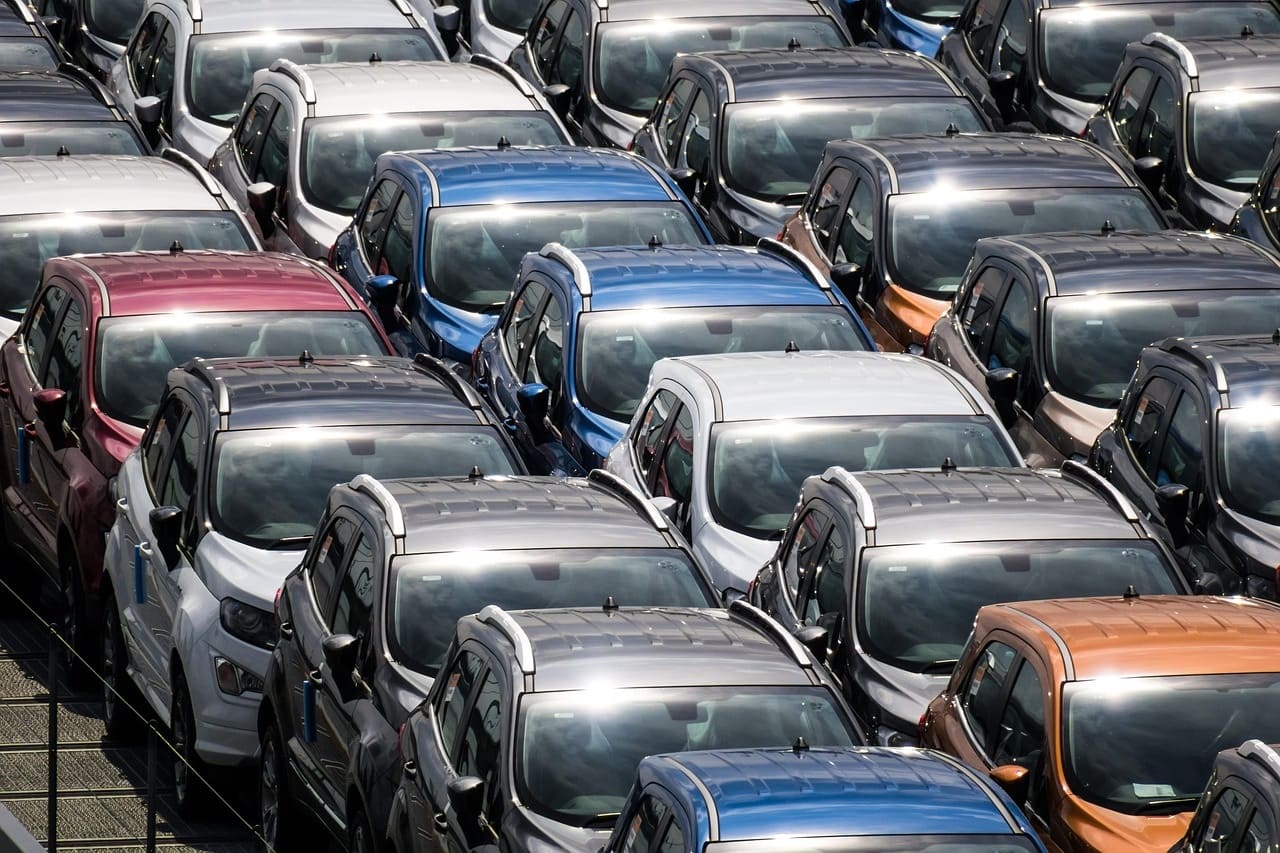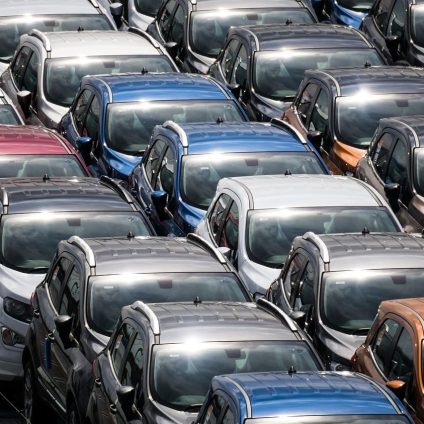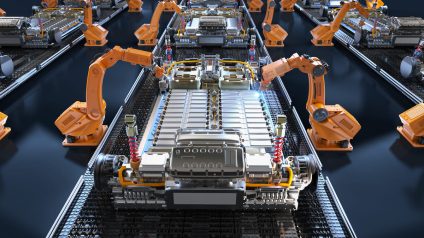Demand is falling in the EU, the U.S., and China, but will rise in South America and South Asia by 2030

Global car demand is falling — and will likely continue to fall through 2030. But what’s behind the automotive market crisis? A slow decline, first triggered by the pandemic and now intensified by geopolitical tensions, trade policy uncertainty, and a sluggish transition to electric vehicles. In recent days, industry giants like Stellantis and Renault voiced concerns. Meanwhile, the European Union has begun softening penalties for missing emission targets.
According to the study Navigating Through the Fog: The Uncertain Future of Automotive, released by Aniasa and Bain & Company, the global landscape of automotive demand is undergoing a major shift.
Europe and North America are shrinking
From 2001 to 2017, the industry experienced steady growth at a 3.3% compound annual growth rate (CAGR), led largely by Asia — and China in particular. But between 2017 and 2030, projections show stagnation in China (+0.3%) and a contraction in mature markets: Europe (-0.6%), North America (-0.4%), Japan and South Korea (-1.2%). By contrast, demand is growing in South Asia (+2.7% CAGR) and South America (+1.5%) driven by rapid urbanization and improving economic conditions.
Global growth is slowing
By 2028, Europe will fall short by around 15 million vehicles compared to forecasts made in 2022. North America is following a similar pattern, with a 7.5 million-unit shortfall. This signals a deep structural slowdown that could threaten the viability of many automakers. Projections for 2030 indicate global automotive growth will average just +0.2%.
Winners and losers
The automotive market crisis is a complex scenario shaped by trade tensions and strategic industrial policies. Tariffs are a major factor, used by many governments as industrial tools. German automakers are among the most exposed, with up to half their volumes at risk due to stagnation in Europe, weakening demand in China, and new U.S. trade barriers.
Japanese and South Korean manufacturers face similar risks in the U.S. market, where they have a strong presence but remain vulnerable to tariffs. The United States is trying to reclaim industrial ground after decades of manufacturing decline, while China has taken a dominant position, controlling over half of global steel and ship production in 2023.
Import imbalance
In 2024, the U.S. remains the world’s largest auto importer, bringing in around 5 million vehicles — about 23% of its domestic demand. American consumers favor Toyota, Hyundai, and Kia, while Chinese brands remain virtually absent, making tariffs on China largely symbolic for the auto sector.
Next comes Europe with over 4 million imports, followed by the Middle East. China and Japan are nearly self-sufficient. The brands most exposed to tariffs are likely Japanese and South Korean, which rely heavily on the U.S. market. However, many Asian automakers have already localized production in the U.S., cushioning the impact of trade barriers.













